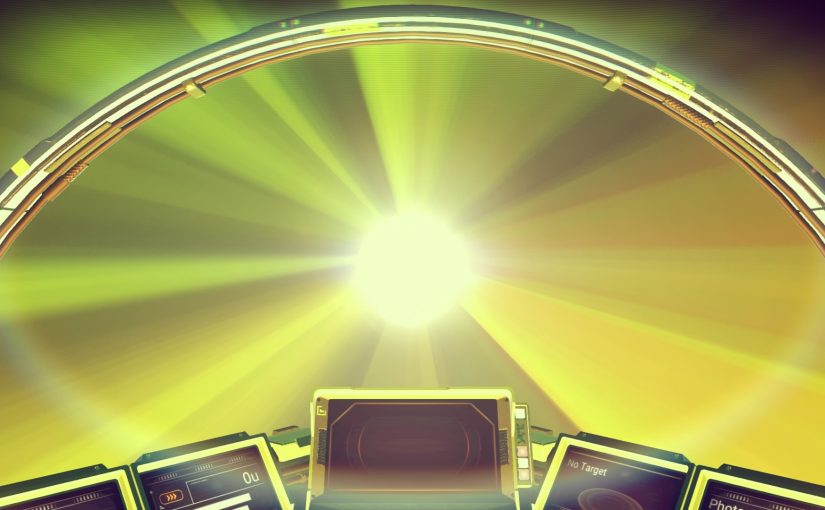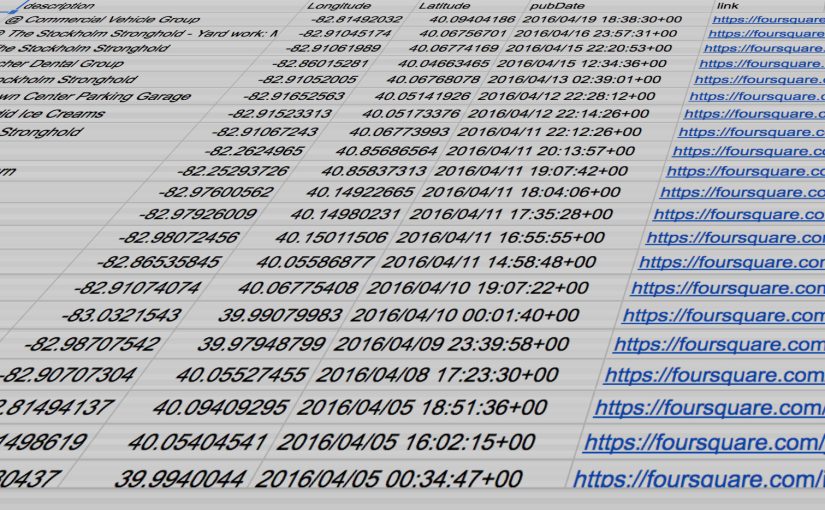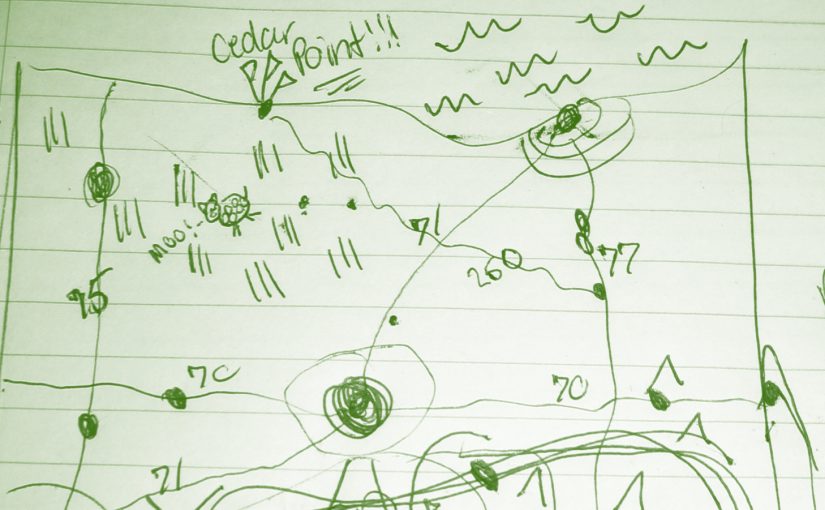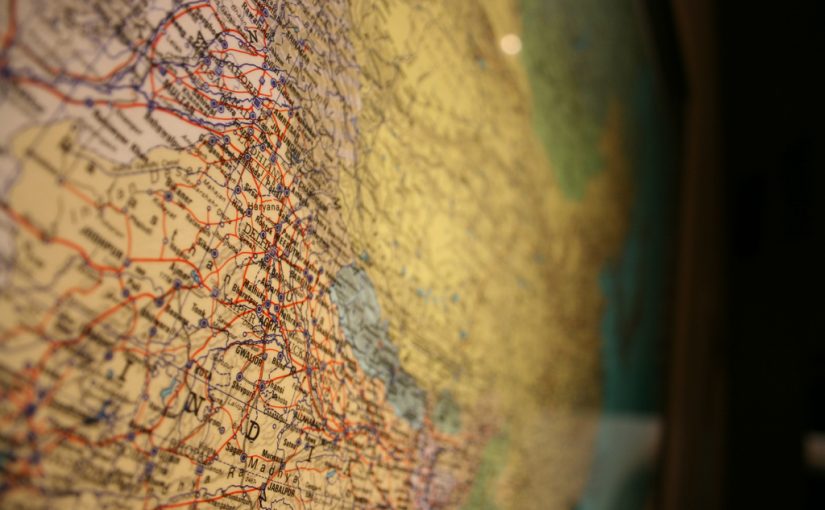Month: August 2016
-
You Can’t Take The Sky From Me
My thoughts on No Man’s Sky. The video game about space travel and walking. ➡️
-
There’s A Map For That: Part Two
Information for geo nerds like me. ➡️
-
There’s a Map For That
Introduction In 2016 we have more information available at our fingertips than ever before. Now we can navigate to many locations with relative ease compared to the old word-of-mouth directions and paper maps of yesteryear. GPS units used to be a luxury, but with the growing number of smartphones everyone has access to free up-to-date… ➡️



